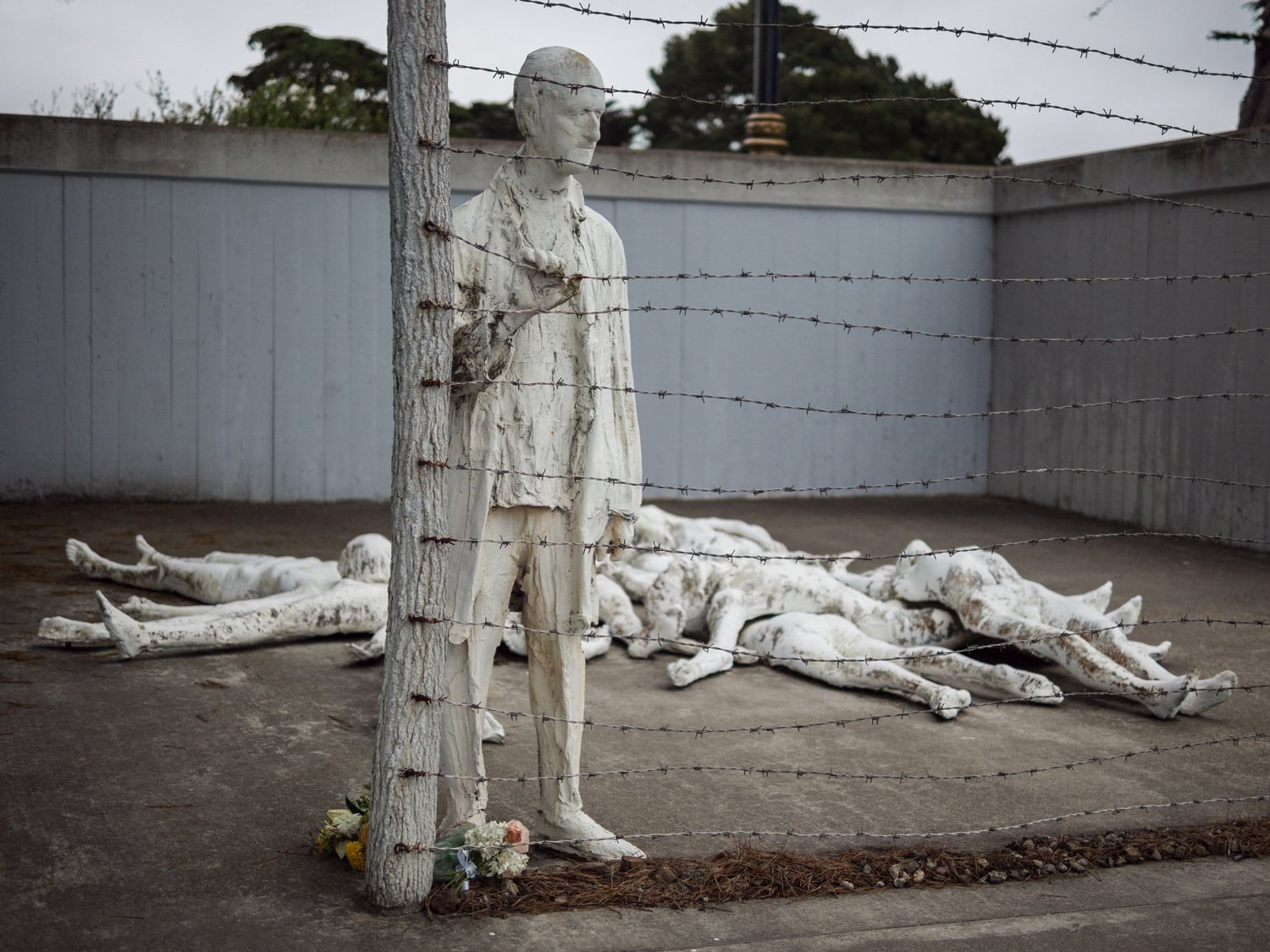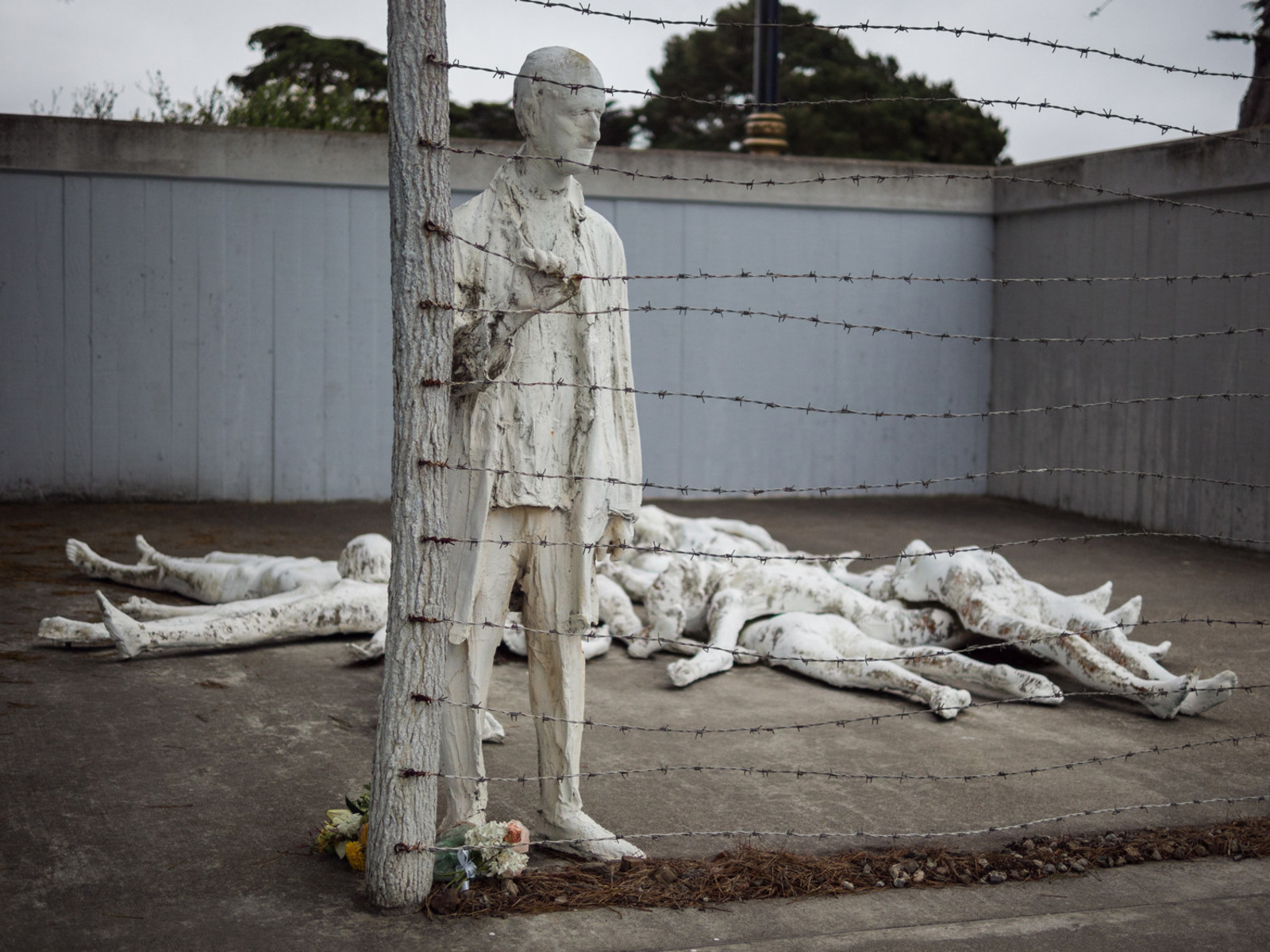Alberto Giacometti (1901–1966) was a Swiss sculptor, one of the main representatives of European modernism. His early works were created under the influence of Cubism and Surrealism, but he is best known for his elongated human figures created in bronze after World War II. Often isolated, or seemingly estranged in groups, these have often been connected with Existentialism and a bleak, postwar view of the human condition. Giacometti also created paintings and graphics.
George Segal (1924–2000), the son of Jewish immigrants in New York, started as a painter but from the 1960s turned to sculpture. One of the first to use plaster-covered bandages as a modeling material, he created a series of life-size figures, which he placed in public spaces. Originally stark white, recalling Minimalism, they were later brightly painted under the influence of Pop art.
Entrance is free, but seats are limited. Please arrive early.




